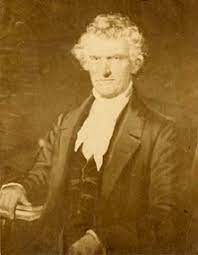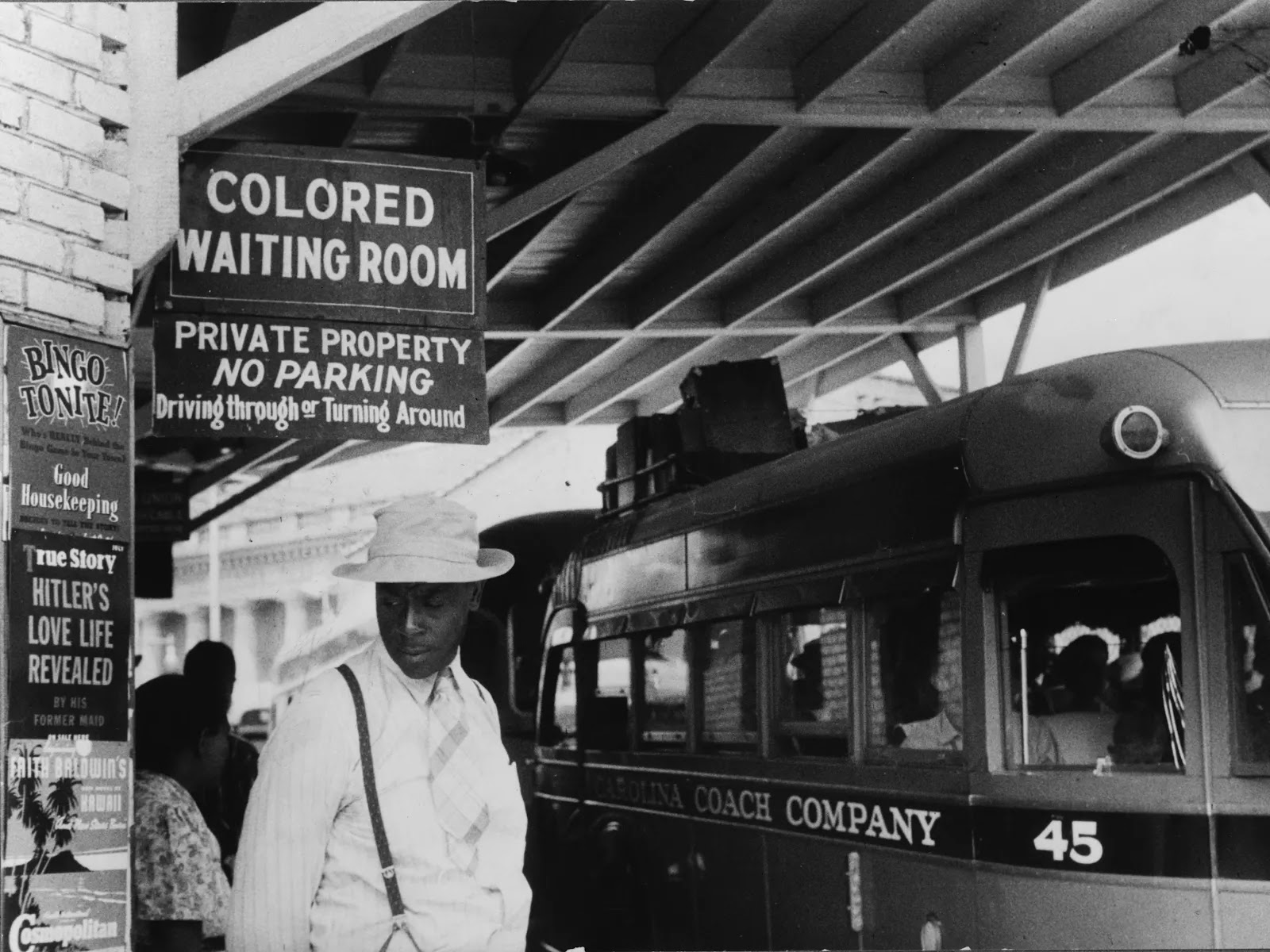State v Mann Reaction

During our class discussion of the State vs. Mann case, an argument that stood out to me was the argument in support of the state of North Carolina. My peers who argued in favor of the State argued that because Lydia (the slave) was technically considered property she was subject to any force of punishment. Although modernly that seems crazy, back in the 1830s that's a completely reasonable argument. The most compelling and interesting part of this case to me was the difference between societal and social thinking. The fact that slavery was perfectly legal at the time was overlooked by the modern way slavery is viewed today. I noticed in class that most of my classmates who were not arguing in this case sided with those who were arguing in favor of Mann. It led me to question whether this was because they actually thought our arguments were better, or if they morally agreed with our side more. While I was listening to the arguments of the other side, I thought they were strong and...






